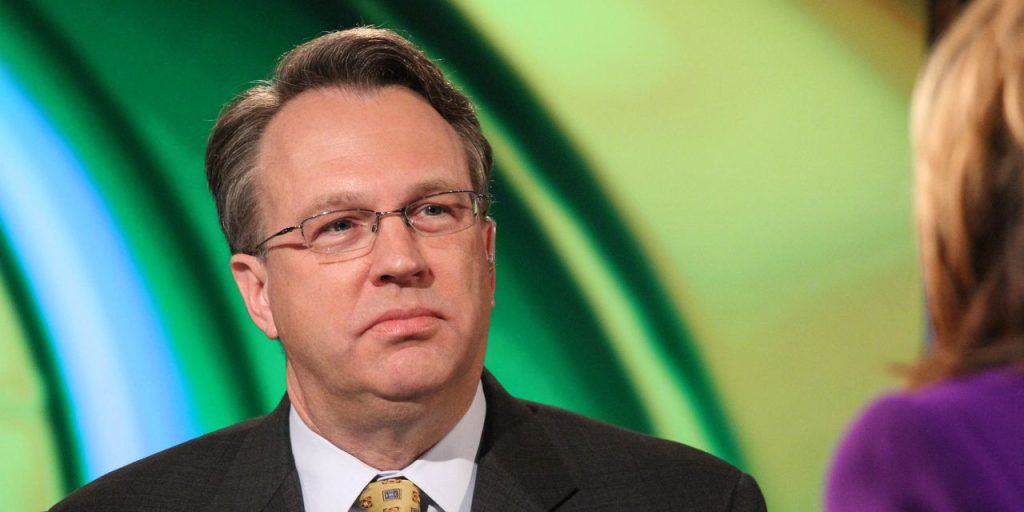New York Federal Reserve President John Williams said Tuesday he is seeing more signs of a further tightening of credit in the wake of the collapse of Silicon Valley Bank, but added it is hard tell how big a tightening it will be compared to other episodes.
“We’re seeing more signs —especially maybe in the regional banks or that kind of range of banks…of further tightening of credit,” Williams said, in a talk to the Economic Club of New York.
“Quantifying that, in terms of how big it is compared to other episodes, is still pretty challenging,” he said.
Williams said he expects credit is going to be more expensive. This may be offset in part by economic growth that was picking up momentum in the first quarter, he said.
Williams said he was marking up his forecasts for the economy right before Silicon Valley Bank collapsed in early March.
Williams said that he would be “particularly focused” on assessing the evolution of credit conditions and their effects on the economy in his upcoming decisions on whether to continue to raise interest rates.
Last week, the Fed hiked its benchmark rate by 25 basis point to a range of 5%-5.25%. The Fed also removed key language that some additional rate hikes “may” be needed.
Fed Chairman Jerome Powell said this was an “important” shift in Fed policy.
Williams said dropping the language was a signal that the Fed no longer was going to pre-announce rate decisions so there are no surprises at meetings.
“We’re moving definitely back from very explicit directive forward guidance,” he said.
Instead of saying “here’s what we’re going to do,” the Fed is “going to be watching the data and making the decisions on a meeting by meeting basis,” he said.
In his speech, Williams said he is confident the Fed is on the path to restoring low and stable inflation in the U.S. economy.
The New York Fed president said expects inflation to decline to around 3.25% by the end of this year and then falling to the Fed’s 2% target over the next two years.
At the moment, inflation remains “too high” Williams said.
Inflation as measured by the Fed’s favorite indicator, the personal consumption expenditure index, has moderated to a 4.2% annual rate in March from 7% last summer. While that is an improvement, it is still double the Fed’s longer-run goal of 2%, he said.
Some economists think the Fed should raise that target, but Williams rejected this, saying 2% target was a “North Star” for policy decisions and helps the public understand the Fed’s goals.
With the Fed’s 10 straight interest-rate hikes in the past year, Williams said he expects U.S. real GDP to slow to only modest growth this year, before improving next year.
In contrast, the Fed’s staff has projected that a recession will start in the second half of this year.
And he said the slow economic growth will cool the labor market, with the unemployment rate rising to a range of 4%-4.5% over the next year from 3.4% rate in April.
In his speech, Williams said that there has been some moderation in rent inflation which should being down shelter cost inflation in coming months.
But the most persistent area of inflation — core services excluding housing— will take the longest to bring down, he said. That measure of prices has been running at around 4.5% rate since last August.
Based on this target and his forecast, Williams said he sees no reasons to cut interest rates this year. Traders in derivative markets have rate cuts priced in beginning in September.
U.S. stocks
DJIA,
SPX,
were lower in late morning trading, while the yield on the 10-year Treasury note
TMUBMUSD10Y,
rose to 3.52%.
Read the full article here
